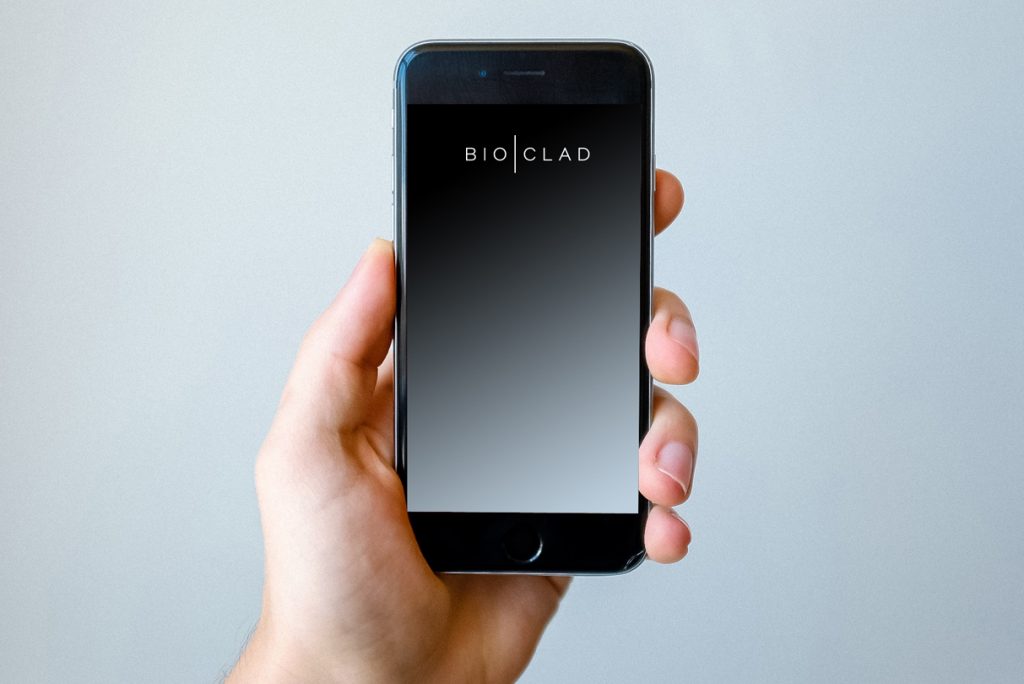The launch of the new iPhone X gives birth to the next must-have gadget the public are now itching to get their grubby mitts on. This got us thinking… how dirty is your mobile phone?
Bacteria can thrive in some of the most random and seemingly inhospitable places. Studies by our partner in antimicrobial additives, BioCote, quote sports water bottles, festival wristbands, socks, pet products, car interiors, make-up brushes, coffee machines, self-service checkouts, sponges and keyboards as some of the worst.
“Keyboards remain an everyday office essential; so it’s unsurprising to us that their microbial activity is high. In a bid to tackle this issue we work with a partner to offer antimicrobial keyboards which are permanently effective against bacteria and mould,” says BioCote.
How does bacteria survive on your phone?
Mobile phones are much the same as keyboards; their touch screens acting as a breeding ground for bacteria as well as a vehicle to transfer germs from one surface to another. The bacteria isn’t just spreading to our fingers, but also the face including the eyes, nose, ears and lips. What’s more, our mobile phone screens are usually warm, creating an environment for bacteria to thrive.
“Bacteria have a remarkable ability to survive and even flourish in habitats that other organisms simply cannot tolerate – hot springs, the stratosphere and even in radioactive waste. Therefore, inanimate surfaces – a wall, a door handle, a table top – within an everyday environment, bacteria and other microbes show a degree of persistence and survival,” says BioCote.
How your phone spreads germs?
The main causes of bacteria build-up on our mobile phone is from use after a meal, in a restroom, whilst on public transport, when sweating through exercise, while playing with pets, when other people use your mobile phone and placing your phone on dirty surfaces.
It’s just as easy to pick up germs on your phone as it is to then spread these germs to other surfaces – or people. For example, handing someone your mobile phone, putting your phone on a surface and touching other surfaces, people or objects after using your phone.
How to protect against phone contamination?
Lets face it, in today’s digital and social-media-mad world we use our mobile phones so often we’re not likely to wash our hands after each use.
Protective screens and cases have little effect on keeping your phone clean as they also harbour germs. You can try using an alcohol wipe to remove the build-up of bacteria but this cleaning method has no long-term protective benefits.
Here at BioClad we understand the importance of creating hygienic environments. We specialise in protecting surfaces against cross contamination such as the spread of germs from mobile phones. Our antimicrobial products protect and kill microbes to stop the spread of germs.
BioClad antimicrobial wall cladding, hygienic wall cladding, wall protection, flooring and BioPod IPS units all boast BioCote silver ion technology which kills bacteria on its surface by 99.9% to ensure a fully hygienic space.
Therefore, installing BioClad in hospitals, for example, minimises the risk of bacteria spreading from visitors with mobile phones. Or restaurant kitchens can protect their surfaces using antimicrobial wall cladding and flooring from waitresses and kitchen staff using their dirty mobile phones.
In a world where our lives are played out at our fingertips, it’s vital that we protect our spaces from these fidgety fingers.
